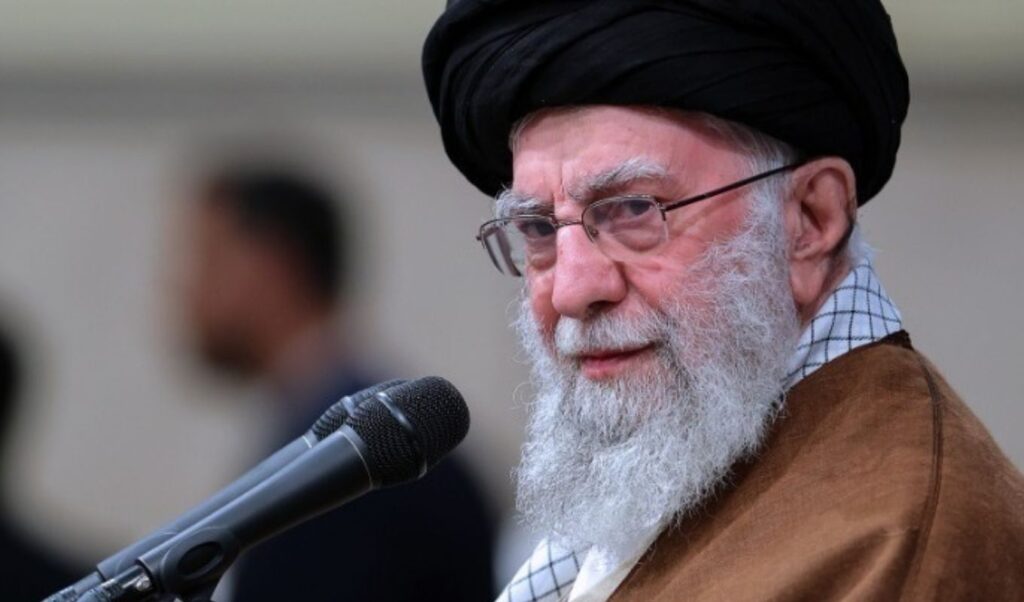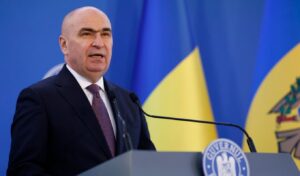The Iran regime faces its most serious crisis in decades, as Israeli missile strikes have hit the core of the theocratic power of Ayatollah Ali Khamenei. Amid the fierce exchange of fire and debris from the attacks, existential questions arise for the Iranian regime. Is the beginning of the end approaching?
This question inevitably comes to the forefront again and again, while gradually and after the Israeli missile attacks, Iran’s most basic defense mechanism has been stripped bare. As international analysts note at the same time, this is the first time the Iranian regime has suffered such a significant blow to its core in the past 50 years.
The blow to the core of power
The assassination by Israel of the head of the Revolutionary Guards, who is inextricably linked to Ayatollah Ali Khamenei’s theocratic regime, as well as the elimination of allies of Iran’s supreme leader, causes a deep wound to Tehran’s conservative Shiite circle.
Some, watching the rapid developments, rush to speak of the beginning of the end of Iran’s theocratic regime. But is it that simple? Reading the developments, one would automatically wonder how these cracks could signal the beginning of the end of the notorious empire of the mullahs.
Social fatigue and prospects for overthrow
Given the fatigue of Iranian society suffering from a deep social and economic crisis, with anger clearly visible against the most conservative expression of the Islamic agenda, an overthrow would not seem impossible. However, the scenario of uprooting the theocratic regime, which has established its ideologies for centuries in Iranian society, does not seem likely if one makes a careful review of history.
It is worth noting that the majority of Iranians are Shiites and support Khamenei’s regime, while Sunnis constitute a minority, at a time when various sects and separatist tendencies are observed among them.
Power balances and alliances
If, however, these tendencies become dominant and prevail on the Iranian scene, then perhaps the balances will change. Already, Israel’s strikes have achieved a significant weakening of Khamenei’s close collaborators and allies, such as Hezbollah with the assassination of its leader, Hassan Nasrallah.
But what is the history of the regime that has deep roots in Iran? Historically, Iran is based on centralism, with Khamenei surrounded by a well-organized network and his circle proving to be large.
Historical background: from the shah to Khomeini
If the Islamic regime dissolves in one form or another, it would be wrong, most analysts note, to expect a smooth transfer of power or transition to democratization. The Iranian Islamic regime took power after the pro-democratic popular uprising of 1978-79, which overthrew the pro-Western monarchy of Mohammad Reza Shah Pahlavi.
Until that moment, Iran had a long history of monarchical governance dating back 2,500 years. Mohammad Reza, the last shah, was head of the Pahlavi dynasty, which came to power in 1925. In 1953, the shah was forced into exile under the radical nationalist and reformist movement of democratically elected Prime Minister Mohammad Mossadegh. Soon, however, he returned to his throne through a coup organized by the CIA.
The revolution and Khomeini’s rise
Despite his nationalist, pro-Western and modernizing efforts, the shah could not shake off the humiliation of his overthrow. The revolution against him, 25 years later, was spearheaded by pro-democratic elements. However, it was carried out by many groups, including liberals, communists and Islamists, without a unified leader. The Shiite clerical group, under the leadership of the shah’s religious and political opponent, Ayatollah Ruhollah Khomeini, proved to be better organized and capable of leading the revolution.
Khomeini had been in exile since the early 1960s, however he and his followers exercised significant influence on the population, especially in traditional rural areas.
The Khamenei era and the contemporary crisis
When US President Jimmy Carter’s administration realized it could no longer support the shah, he left the country and went into exile in January 1979. This allowed Khomeini to return to Iran and receive a tumultuous welcome. Khomeini died in 1989. His successor, Ayatollah Ali Khamenei, has ruled Iran largely with the same methods and guided by a deeply conservative agenda. Khamenei has particularly emphasized stronger defensive capability and alliances with Russia and China to counter the US.
He distanced himself from the West, including the US, and especially cultivated hostile relations with Israel. Khamenei possesses, at the same time, significant constitutional power and spiritual authority.
Control mechanisms and opposition
He has led the construction of many means of imposing order, including the expansion of the Revolutionary Guard Corps and its paramilitary wing, the Basij, revolutionary committees and Shiite religious networks. Despite the fact that many Iranians are dissatisfied with the regime, there is no organized opposition under a nationally unifying leader. The son of the former shah, Crown Prince Reza Pahlavi, has gained popularity.
In recent days he spoke through platform X, telling his compatriots: “The end of the Islamic Republic is the end of its 46-year war against the Iranian nation. The regime’s repression mechanism is collapsing. All that is needed now is a nationwide uprising to put an end to this nightmare once and for all.”
The challenges of transition
Anxiety for the Middle East rises to new heights if one considers the political future of Iran, which never had a long tradition of democracy. It experienced brief periods of liberalism in the first half of the 20th century, but every attempt to make the democratic system resilient ended in disorganization and a return to authoritarian governance.
Iran’s regime today faces the greatest challenge of its existence, with Israeli attacks having revealed the weaknesses of its defense mechanism and having deeply damaged its network of allies.




